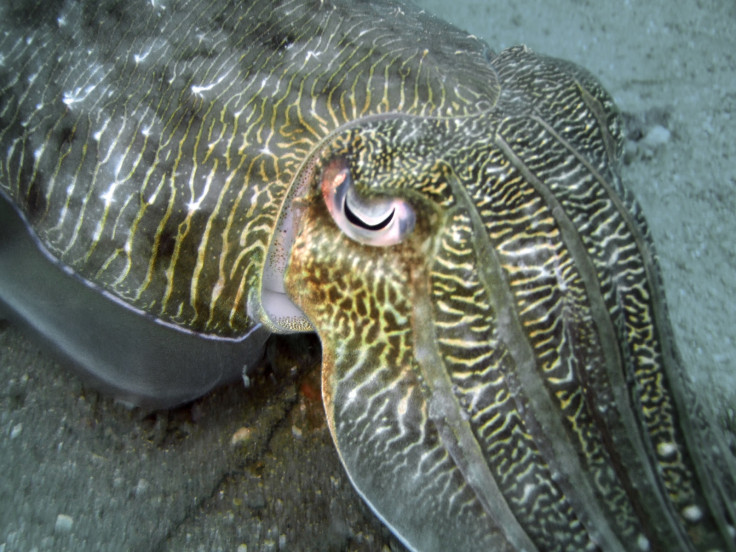April Fools' Day: Five pranks trickster animals play on each other in the wild
We aren't the only ones playing tricks.

It's April Fools' Day – but humans aren't the only ones who play tricks. From cats mimicking baby monkeys to sneaky spiders, these five amazing animals use mischievousness every day just to survive in the wild.
Love rivals
We know that cuttlefish are among the most intelligent invertebrates, but they are pretty sly when it comes to love.
Back in 2005, researchers from the Marine Resources Centre in Massachusetts discovered male Australian giant cuttlefish – who are actually very small – pretend to be female to get love rivals out of the picture.
Male cuttlefish outnumber females so the competition is fierce to find a mate. To get ahead of competitors, male cuttlefish have been spotted changing colour to adopt the speckled skin pattern that females exhibit, which allows them to trick their way past male consorts to make their move.
Sticky trap
The female bolas spider, a tiny arachnid, is a clever hunter. Instead of weaving a traditional web, it uses a sticky blob of silk – known as a bolas – on the end of the line, which it swings to capture nearby moths.
The deceitful spider has another trick up its sleeve to capture prey. The female spider hangs from a line connecting two pieces of vegetation and releases chemicals that mimic the pheromones of female moths – to lure male moths in.
Mimicry
The margay, a small forest cat found in Mexico and central and south America, has the ability to mimic the cries of baby monkeys in distress. When the adult monkeys come to the calls, the margay attacks.
There is a snag, however. The researchers who discovered this sneaky behaviour described the margay's imitation as "poor" – but probably a good enough attempt to catch prey.
Fishy behaviour
Bottlenose dolphins are incredibly smart – and have a unique way of catching a meal. Dolphins off the coast of Florida have been spotted mud ring feeding, in which a single dolphin will swim in a circle around a shoal of fish moving its tail to stir up the seabed. This creates a temporary net around the fish and disorientates them into jumping out of the water, so the dolphins can catch them.
Hook, line and snapper
The alligator snapping turtle can weigh up to 100kg or more and is not exactly fast for a predator, but it has a clever way of luring in prey. It lies still in the lakes, rivers and swamps, with its jaws wide open, resembling a boulder.
The turtle has a vermiform – a worm-shaped appendage on the tip of its tongue – which it can move to lure fish, frogs and other small prey in search of food. Once the creature is in the trap, the turtle snaps its heavy jaws shut.
© Copyright IBTimes 2025. All rights reserved.





















